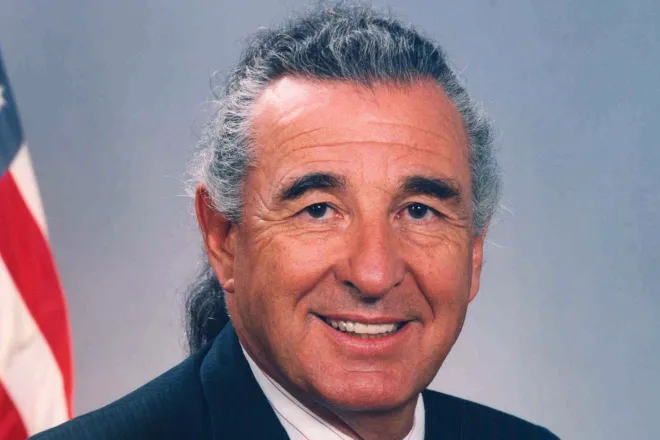
Dear Dietitian – Diet and non-alcoholic fatty liver disease
Dear Dietitian,
My husband has been diagnosed with non-alcoholic fatty liver disease. His doctor told him to lose weight, and he tries, but he ends up getting discouraged and goes off his diet. I’m worried about his health, but what can I do?
Lauren
Dear Lauren,
One of the most challenging things in life is watching someone struggle with a health condition. It is perhaps more difficult than when we struggle ourselves. Of course, you worry about your husband’s health, and you can offer love and support in many ways. If you do the cooking, prepare tasty, healthy meals that fit into his health plan. Encourage him to join a support group, as these have been linked to increased success rates. These groups meet in-person and online, and you can find one near you at liverfoundation.org.
Non-alcoholic fatty liver disease (NAFLD) is a condition in which fat builds up in the liver. It is estimated that about 100 million Americans are living with this disorder (1). At one time, fatty liver occurred almost always as a result of excessive alcohol intake. With increased rates of obesity in today’s society, the condition now occurs in non-alcoholics. If left untreated, it may lead to inflammation and damage to the liver, a condition known as non-alcoholic steatohepatitis (NASH). Since these conditions often have no symptoms, it is important to have an annual physical exam. At that time, your doctor can order blood work to monitor liver enzyme levels.
Most people who have NAFLD or NASH live normal lives with stable disease. However, these conditions may lead to cirrhosis, which increases liver failure and liver cancer risks.
Risk factors for NAFLD include obesity, type 2 diabetes, insulin resistance, and metabolic syndrome. While most of us are familiar with obesity and diabetes, insulin resistance and metabolic syndrome are lesser-known conditions. Insulin resistance occurs when the pancreas secretes insulin, but it cannot reach the cells where it is needed. As a result, blood sugar levels rise. When blood sugar levels are high, fat cannot be broken down efficiently, leaving high levels of fatty acids in the bloodstream. These fatty acids make their way to the liver but cannot be metabolized effectively, so they accumulate.
Metabolic syndrome is a cluster of health conditions that increases the risk of cardiovascular disease (heart attack and stroke). To have this diagnosis, one must have three or more of the following conditions: high blood pressure (or taking medication for this condition), obesity, insulin resistance, low HDL (good cholesterol), or high triglycerides (or taking medication for this condition).
There are no medications to treat fatty liver disease and NASH, but the conditions are treatable. The most successful plan is weight loss and exercise. A 7-10% reduction of total body weight has been shown to improve outcomes (2). It is important not to lose weight too quickly as this can make the situation worse. Your husband’s physician will have him work with a Registered Dietitian Nutritionist to develop a meal plan to produce a slow, consistent weight loss. My blessings to you and your husband. Please let me know how things work out.
References
- NASH Definition and Prevalence (n.d.) Retrieved from https://liverfoundation.org
- Chalasani N, Younossi Z, Lavine JE, et al. The diagnosis and management of non-alcoholic fatty liver disease: practice Guideline by the American Association for the Study of Liver Diseases, American College of Gastroenterology, and the American Gastroenterological Association. Hepatology. 2012;55(6):2005-2023.
Until next time, be healthy!
Dear Dietitian


















